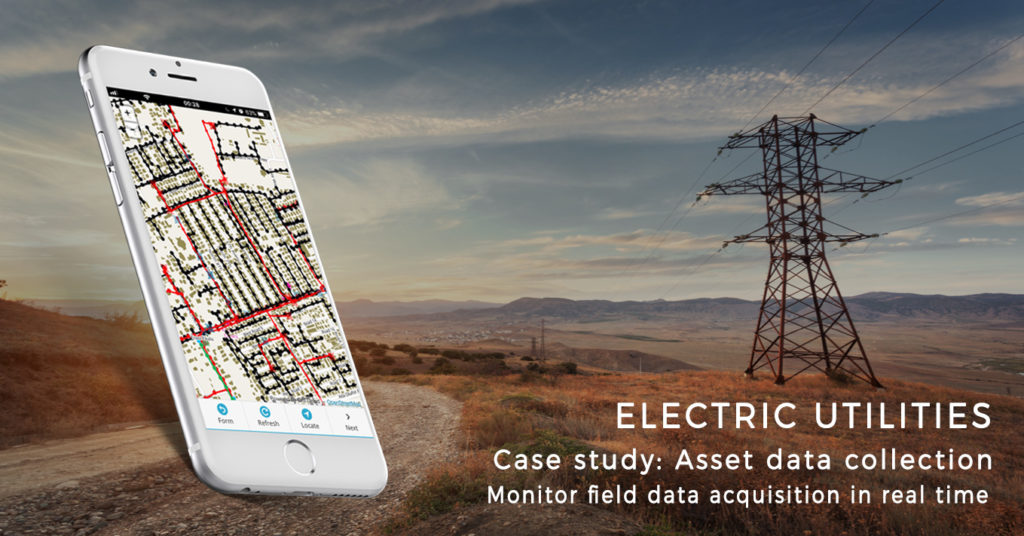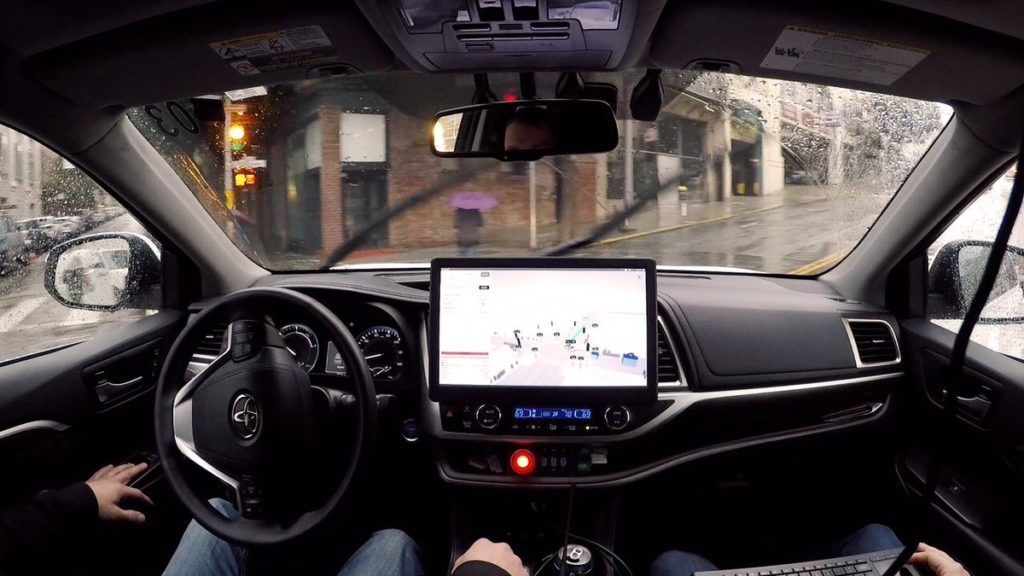
Fighting electricity theft in Nigeria with GIS

The main consequence of electricity theft is widespread power outages. Also, electric utility companies across Nigeria struggle with illegal connections to the power grid that generate huge losses and are a hazard for locals. GIS Cloud a software development company from Croatia is joining the fight to help mitigate this problem.
The Enugu Electricity Distribution Company utilized their GIS solution to map the entire distribution network and enumerate customers, an important step in tackling the rampant electricity theft in Nigeria.
Complex distribution network
The electricity distribution system comprises of kilometers of power lines connecting the end users to the substation. Without the network being properly mapped and visualized it is hard to pinpoint the locations that cause power outages.
That’s where GIS technology in the cloud comes in to play by enabling electricity network visualization, real-time insight into the status of the assets, risk management, and customer enumeration.
GIS Cloud helped with locating issues with connectivity and power outages, as well as identifying sources of energy loss. Customer indexing or enumeration, on the other hand, enabled better customer service related to monitoring consumption in a particular area.
Challenges In Preventing Electricity Theft
The main reason EEDC started to use GIS technology was to prevent electricity theft. Ultimately, the EEDC wanted to register all the assets and evaluate their condition. As you can tell, that’s quite a large and demanding project. It involved multiple vendors for surveying and there was a high chance of getting bad field data.
The information EEDC had to start with was too old, so it was important to them not only to get current data but also to have an overview of the data collection process in real-time to control the quality of data.
The Solution
The EEDC had the challenge to find a simple tool for the entire data collection process. The tool needed to be easy to use so there would be no need for fieldworker education. Also, expensive equipment wasn’t an option because of the sheer scale of the project.
The Mobile Data Collection app was used to collect data on substations, transformers, and electric poles, as well for the customer indexing purposes. The data was collected using simple data collection forms that required no additional training for the fieldworkers. They were able to collect data such as asset type, photo, and assess its condition then send it using their mobile phones and tablets directly from the field.
The collected data was instantly visualized in the Map Editor application, resulting in the spatial model of the electric network assets and customers. The spatial model could then be edited if needed.
The EEDC used GIS cloud applications to properly map the distribution network and to enumerate their customers. This type of project is an essential step in fighting electricity theft.







